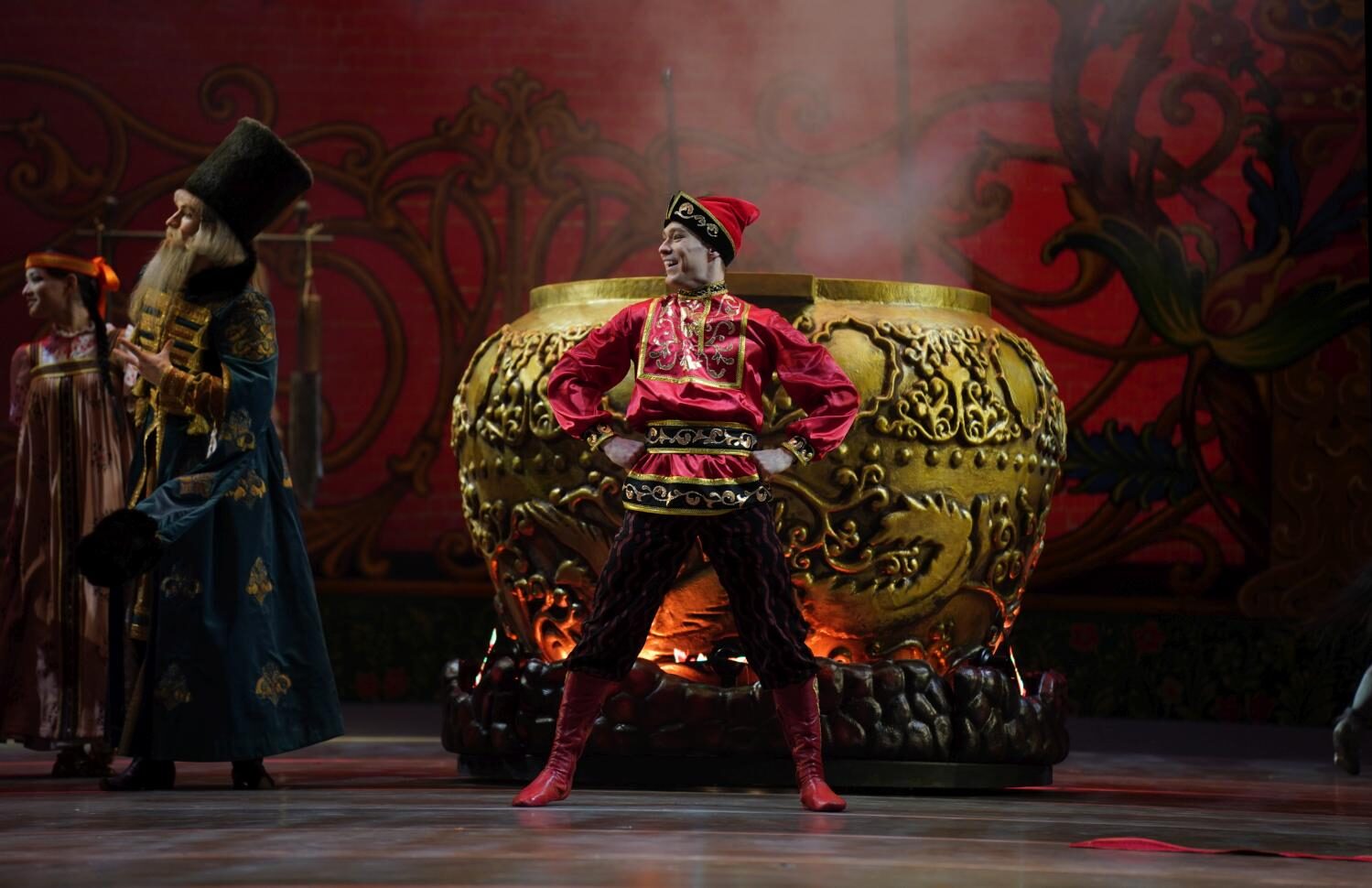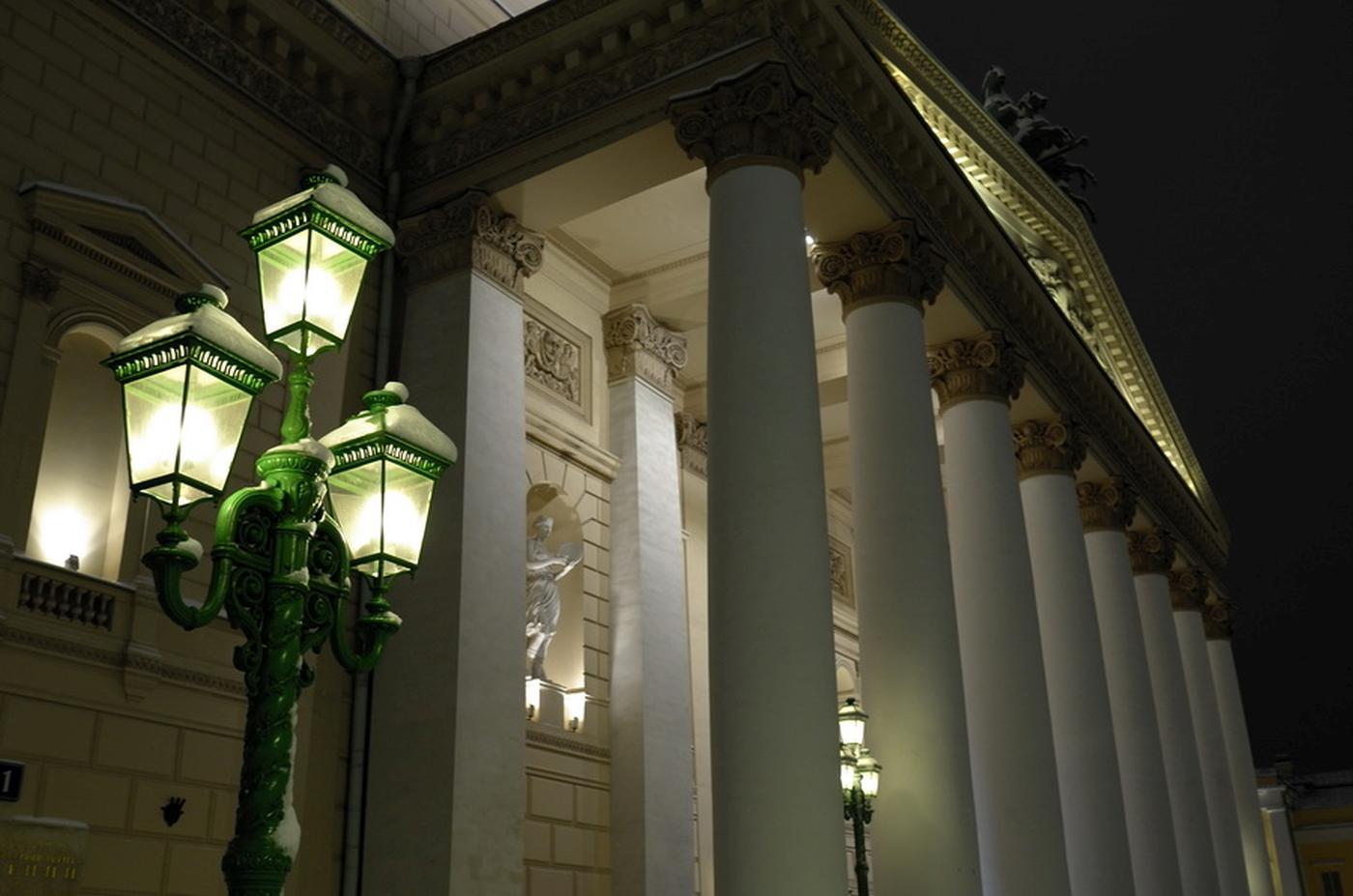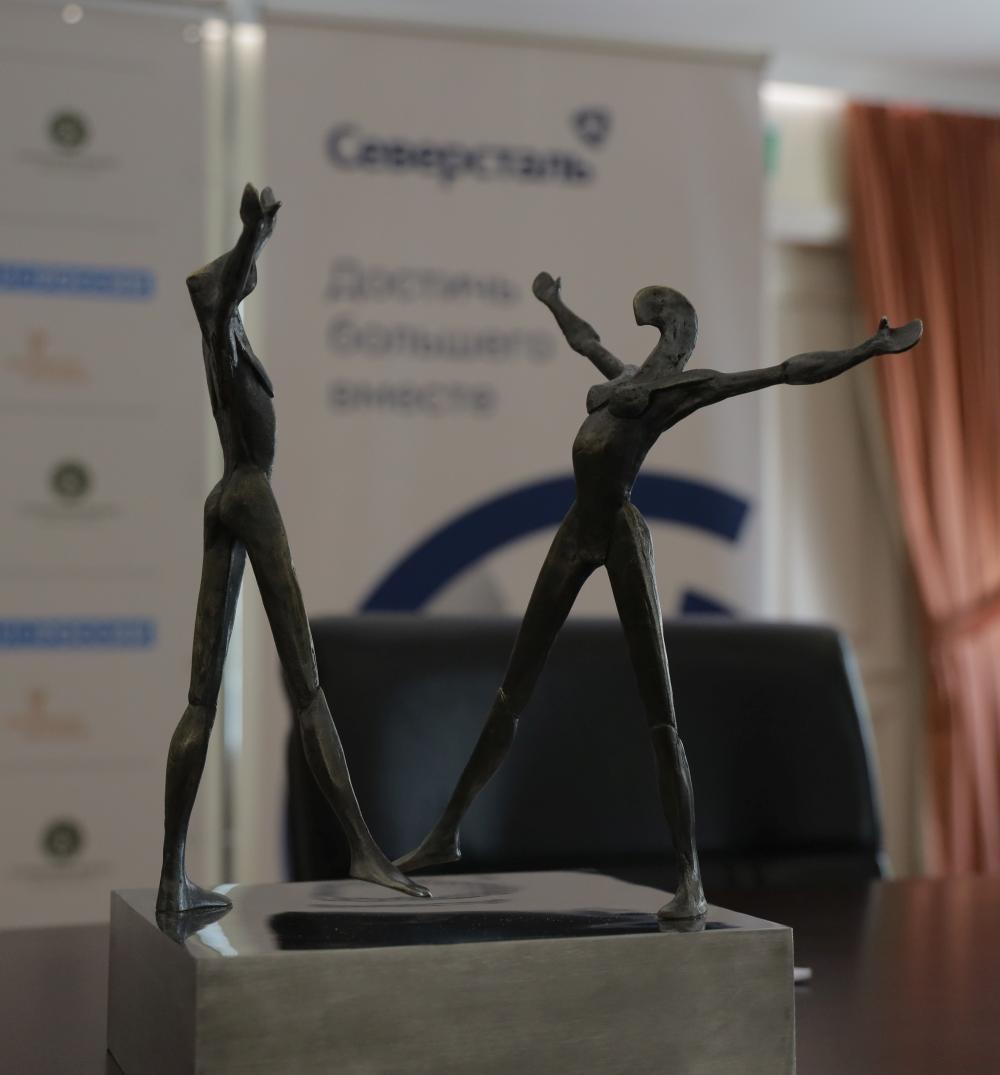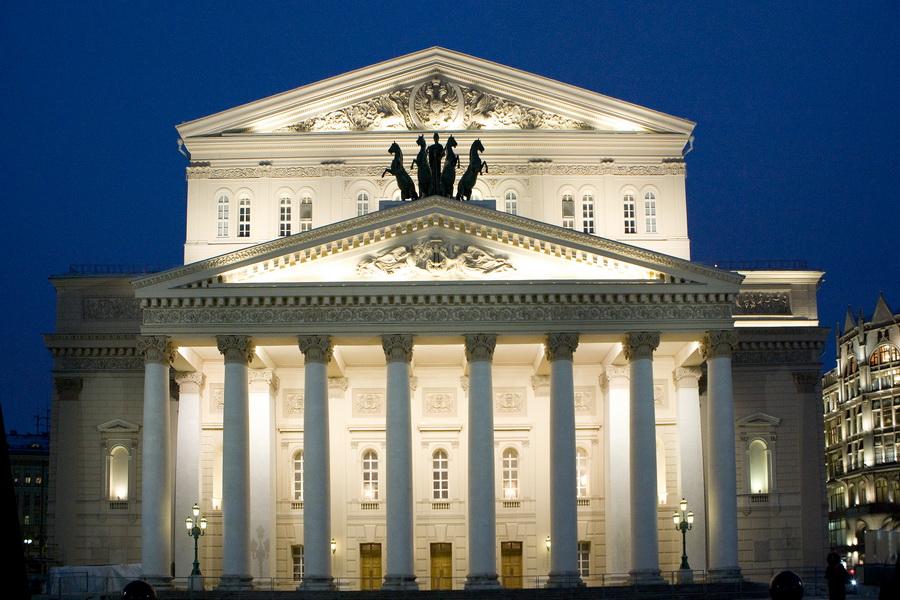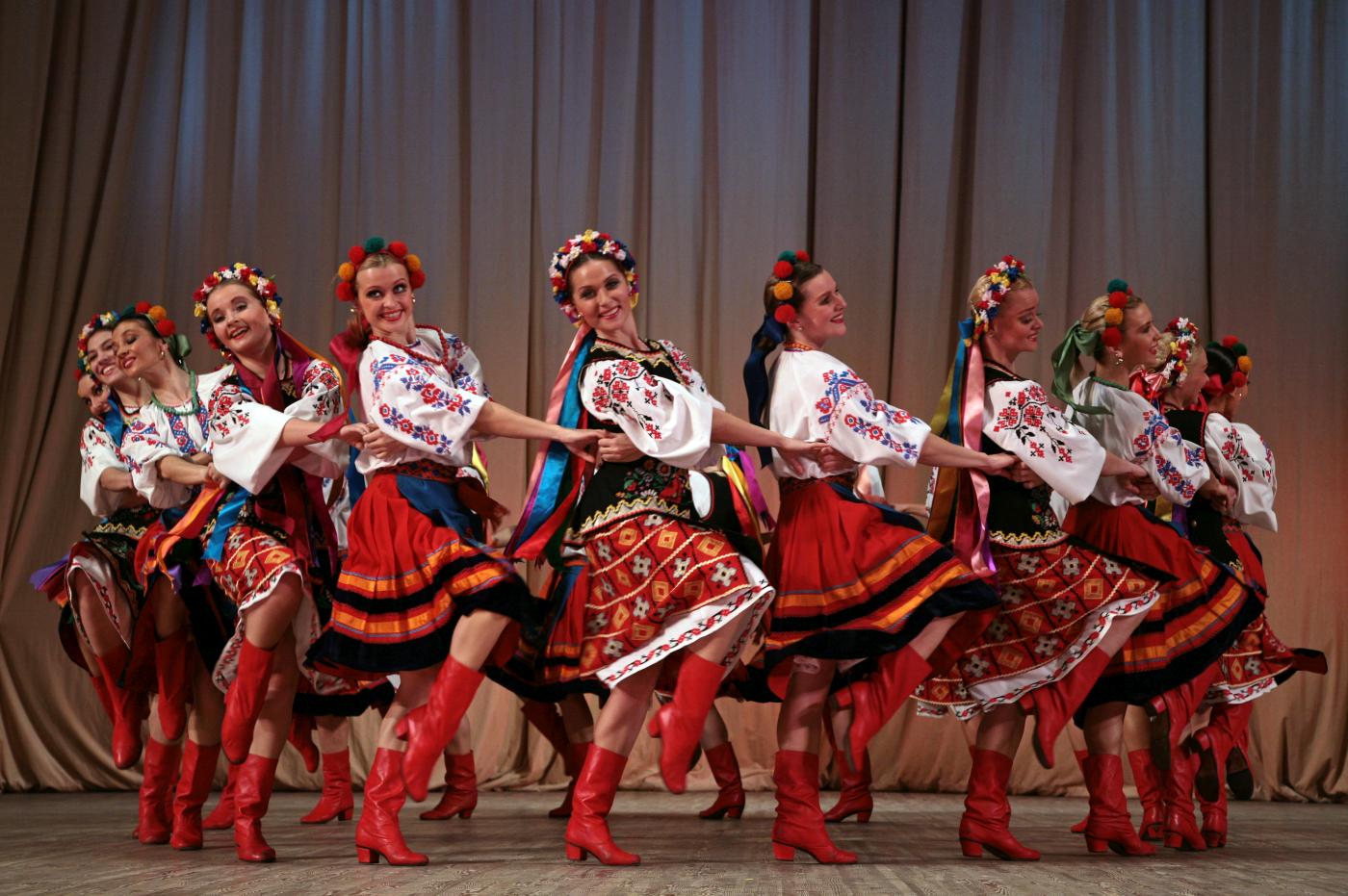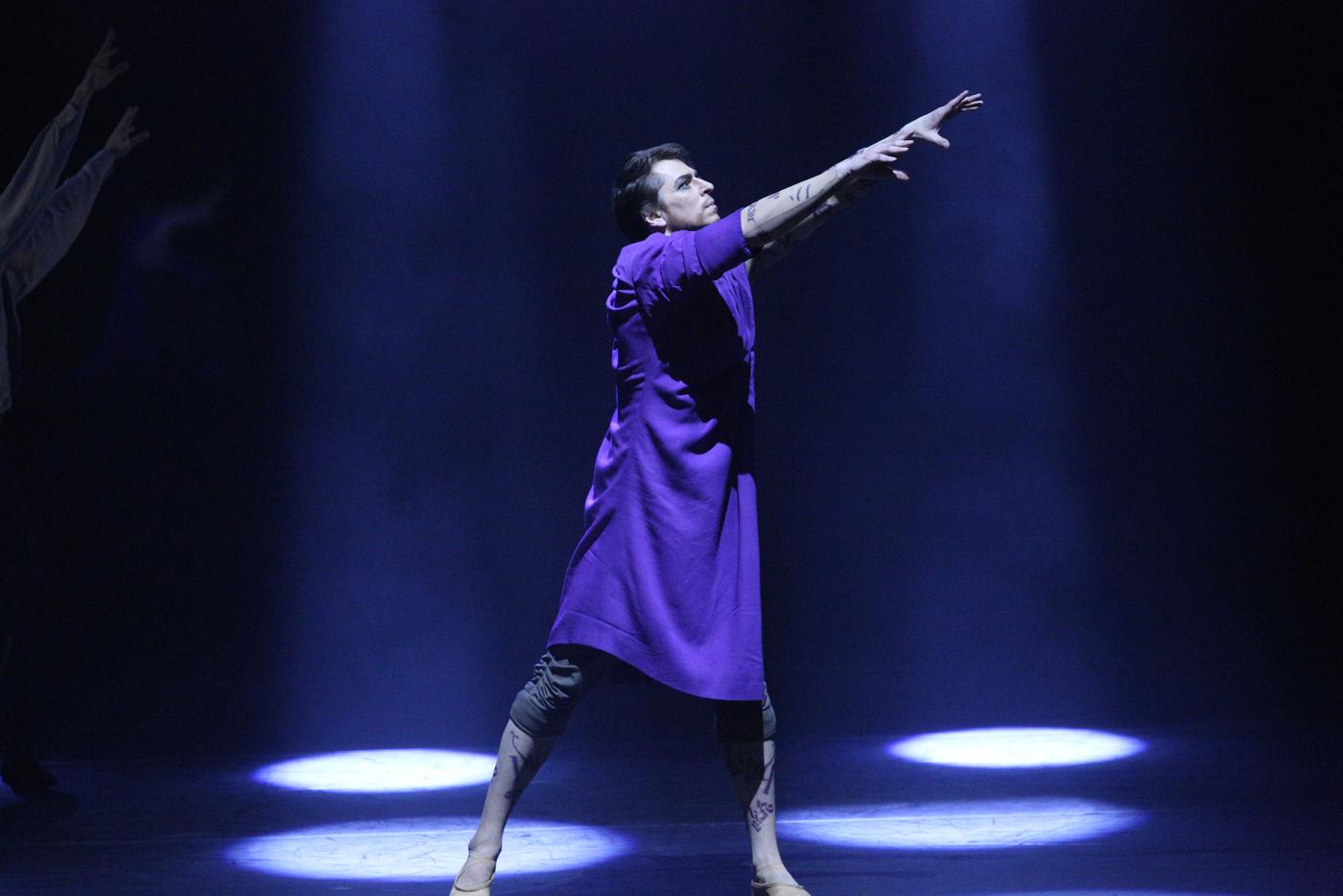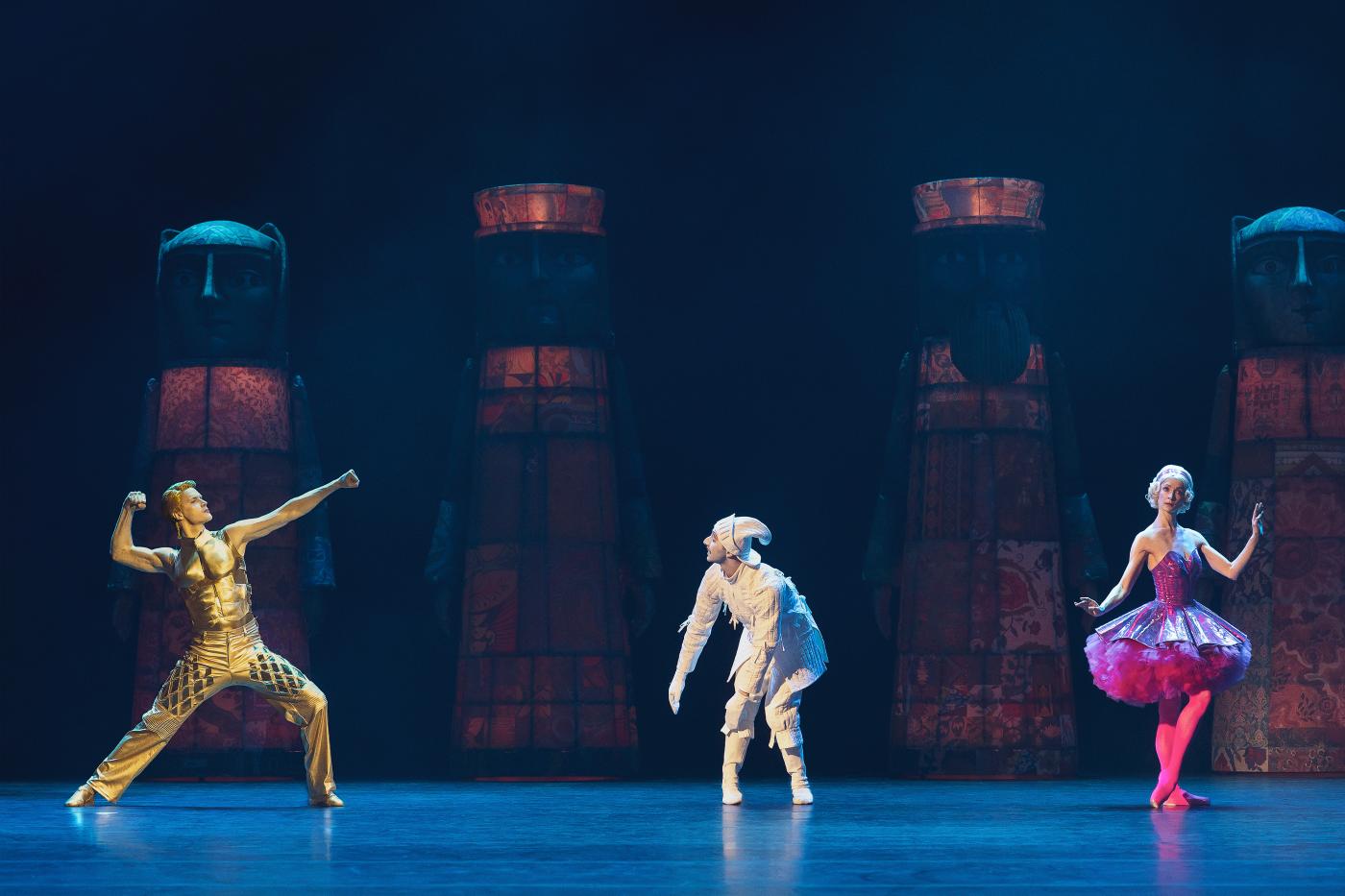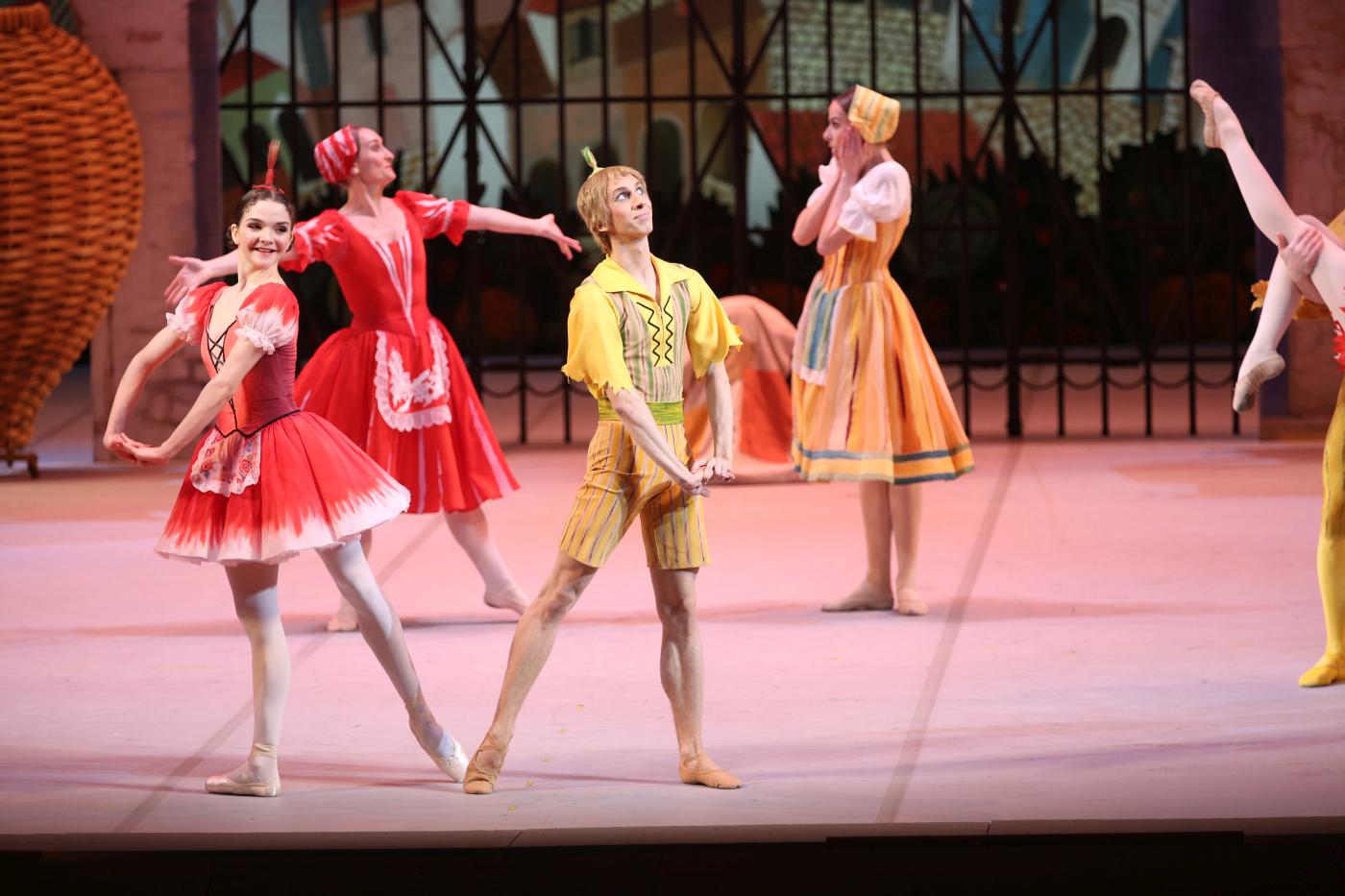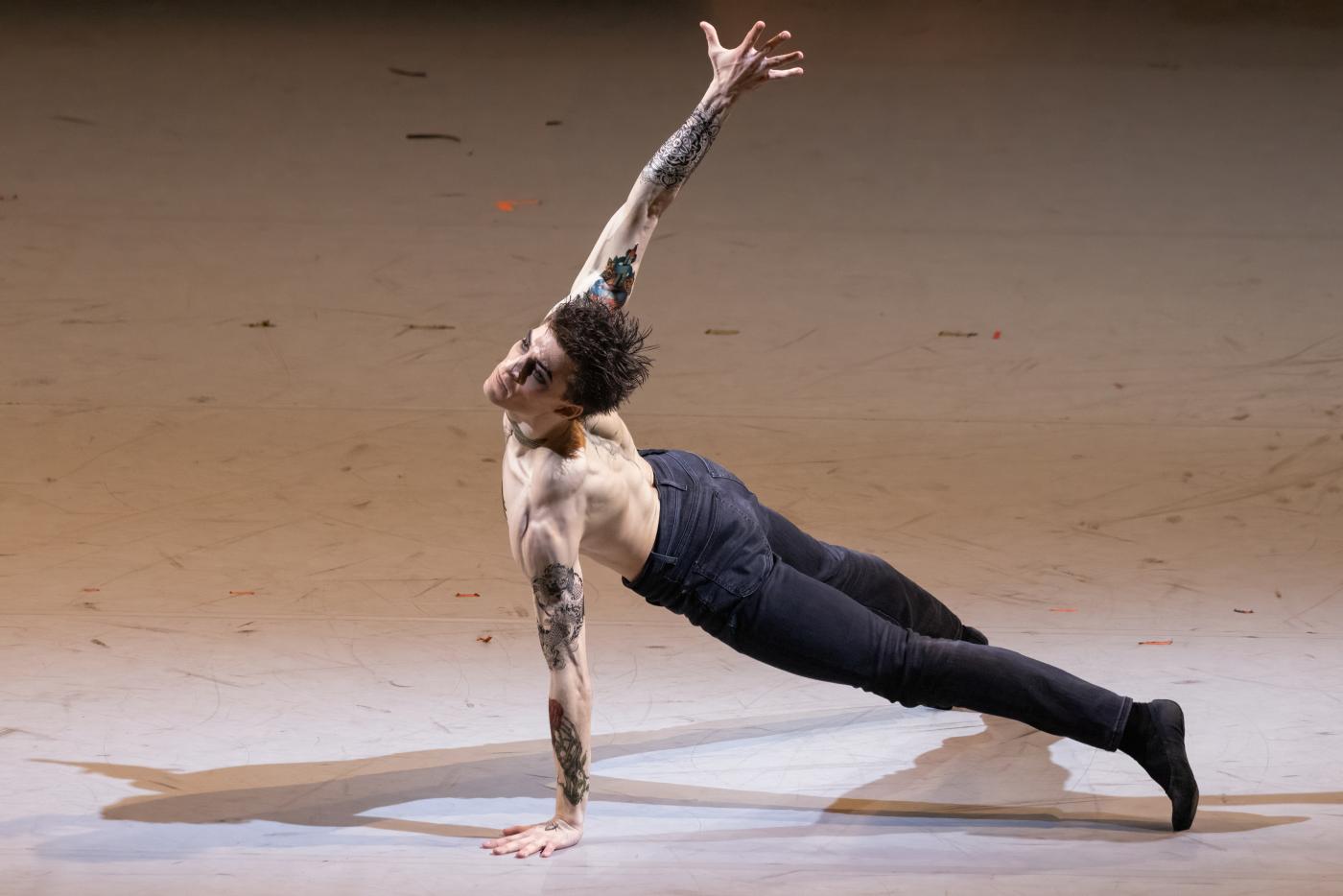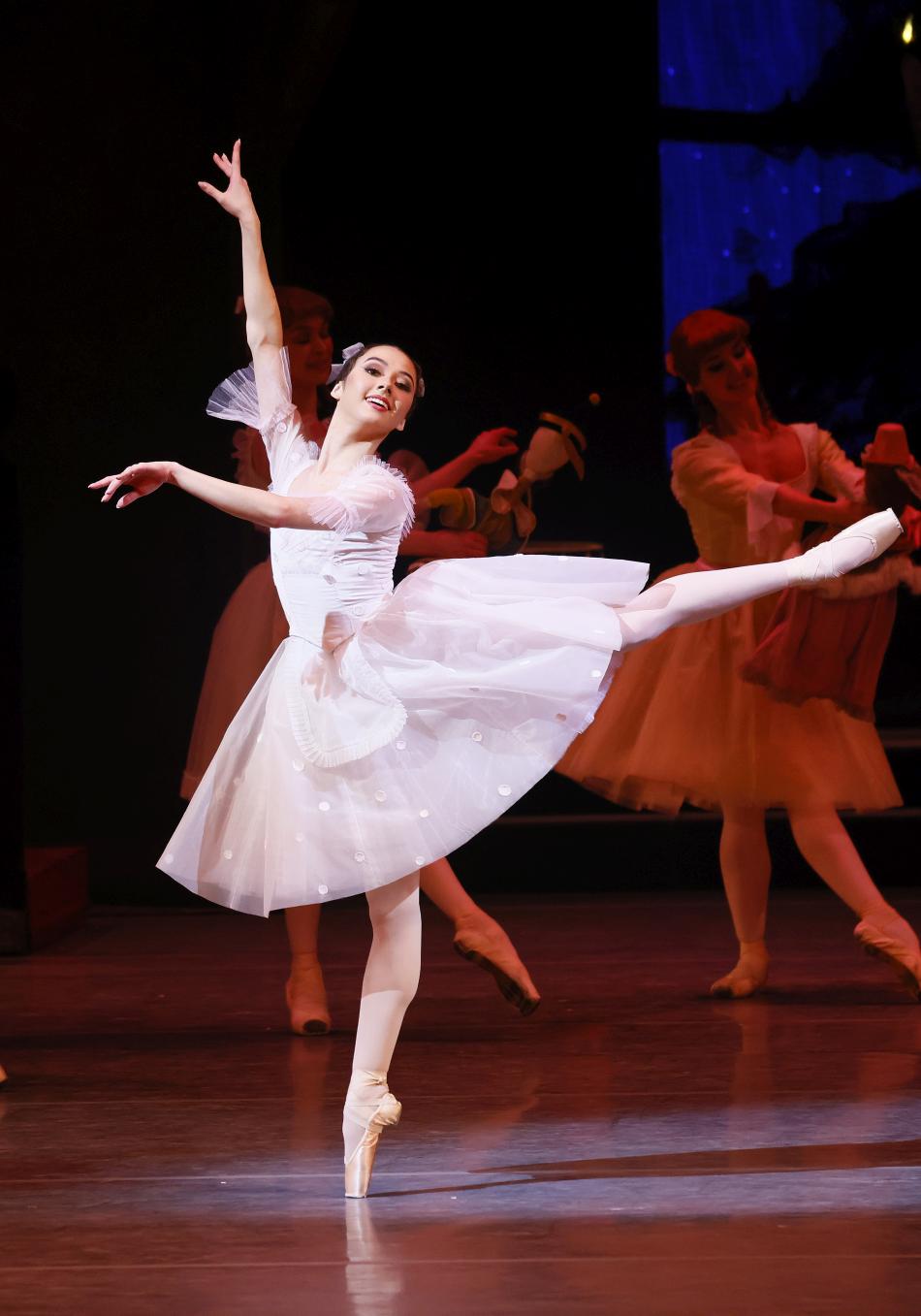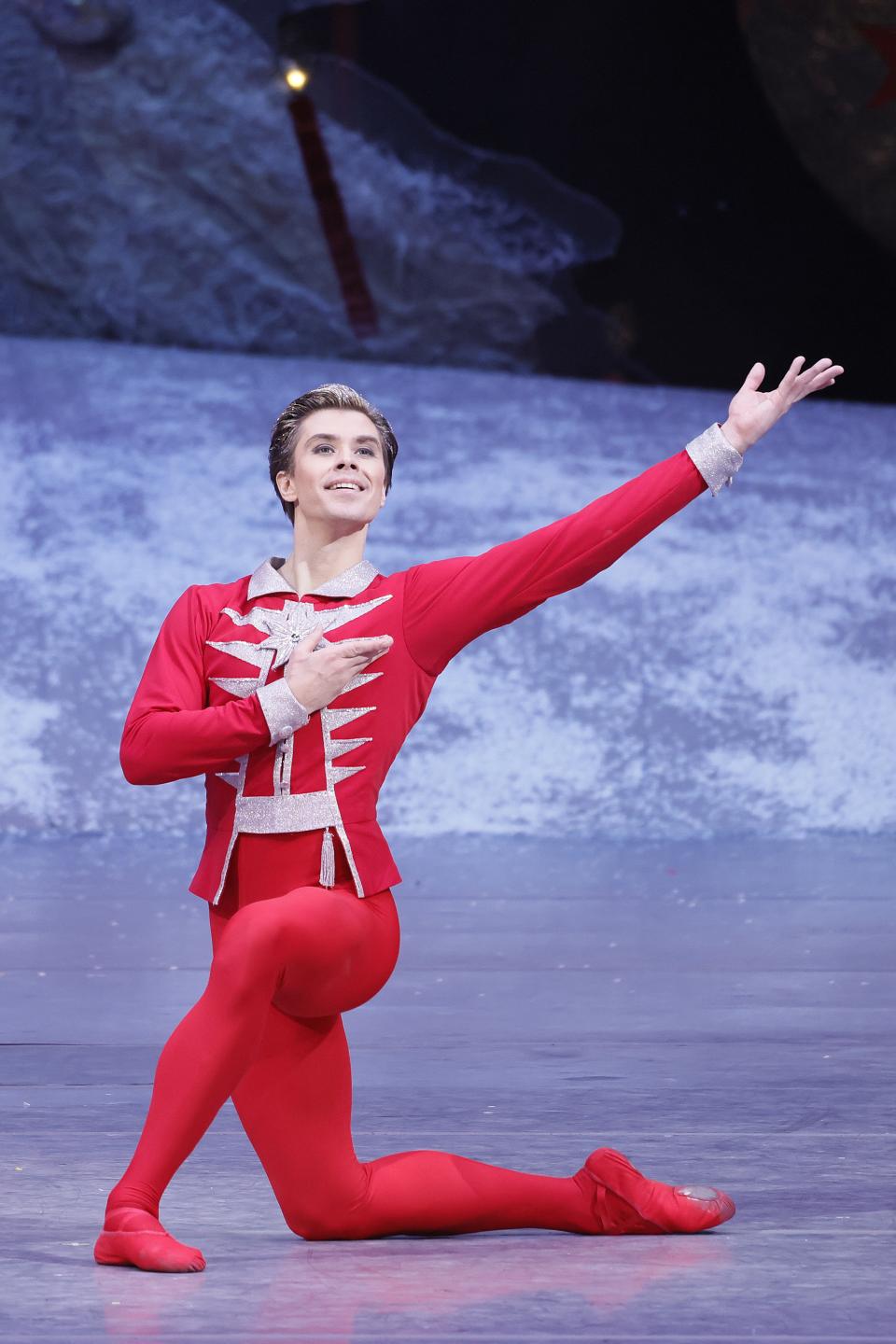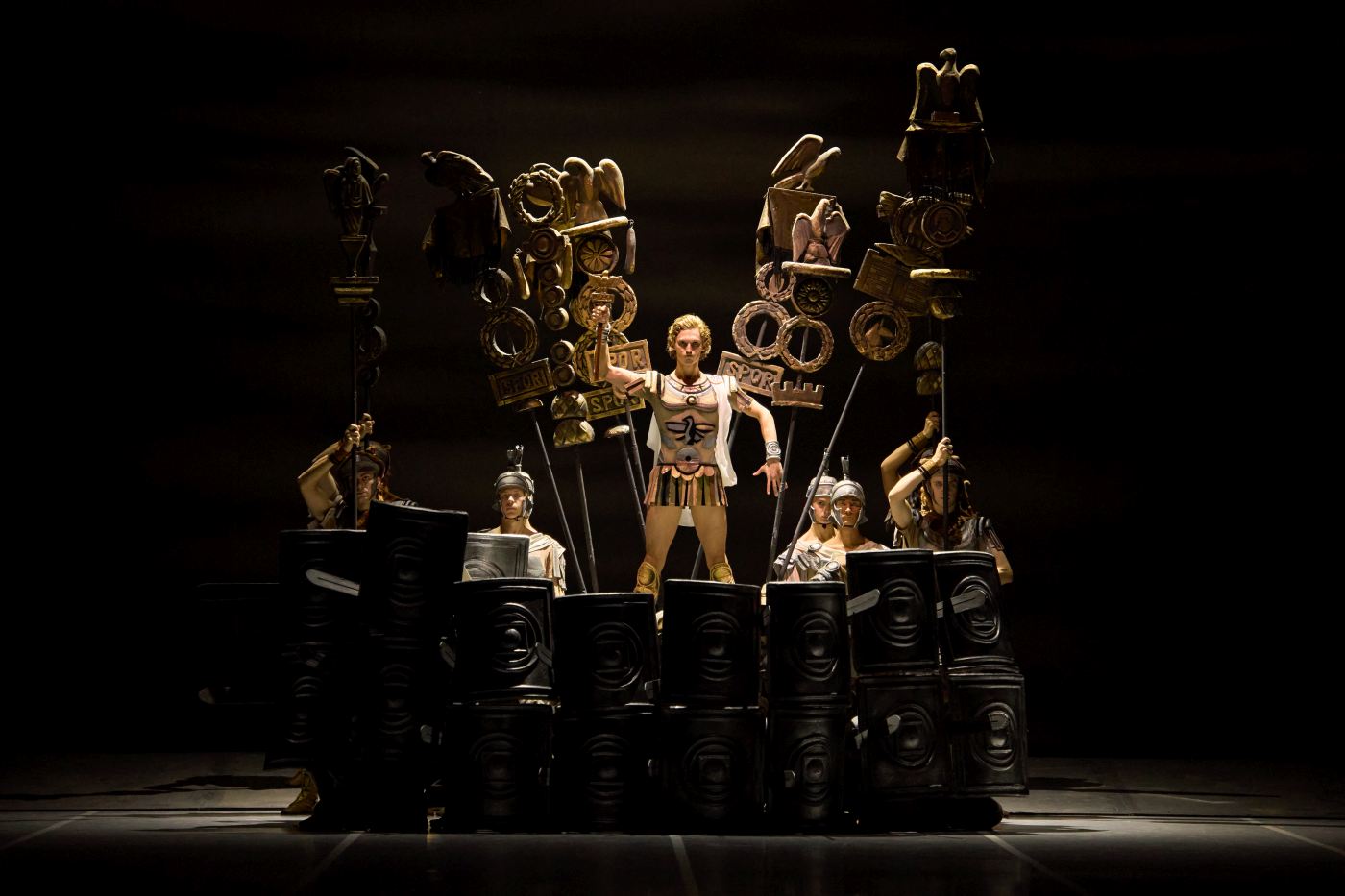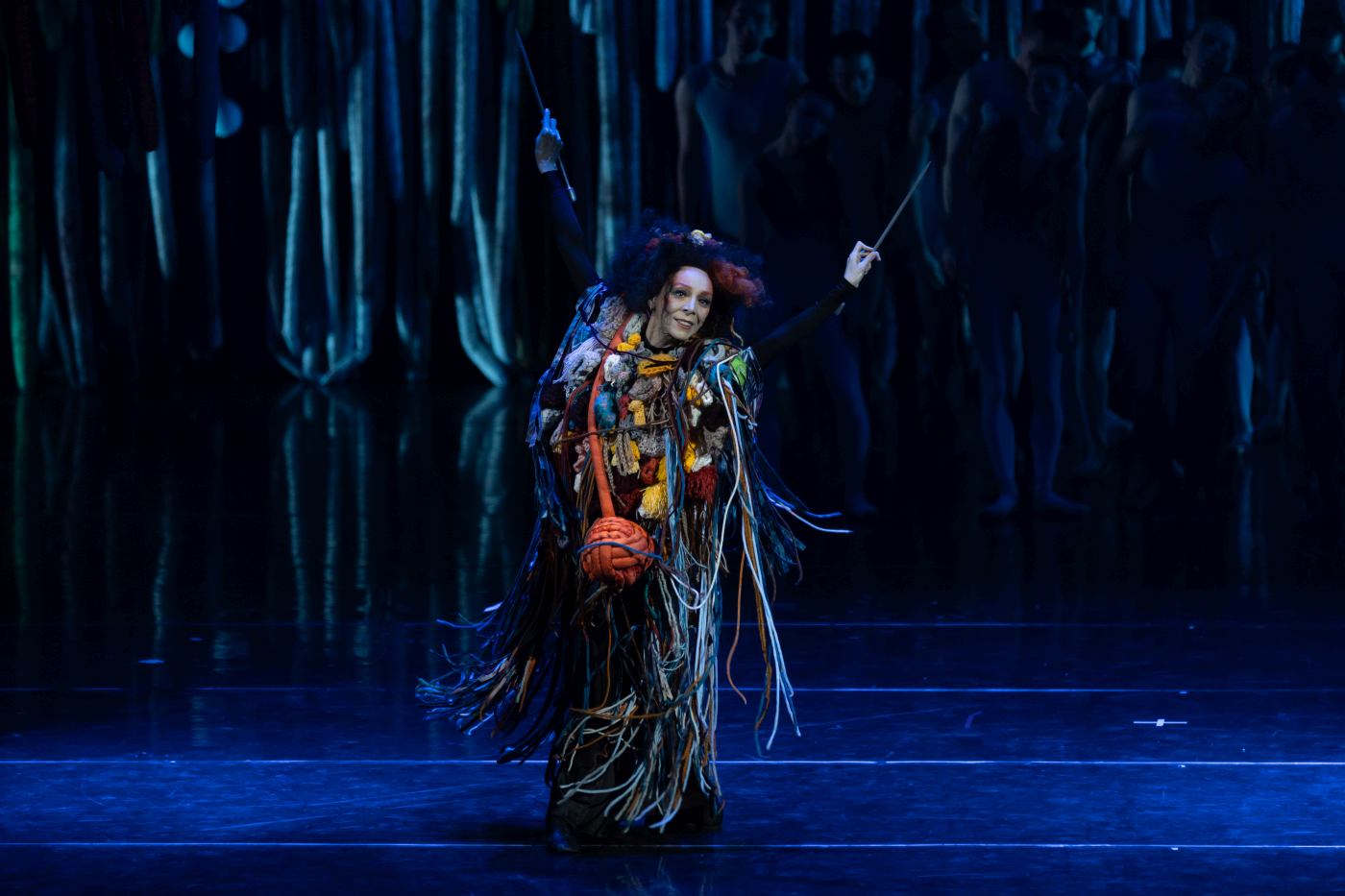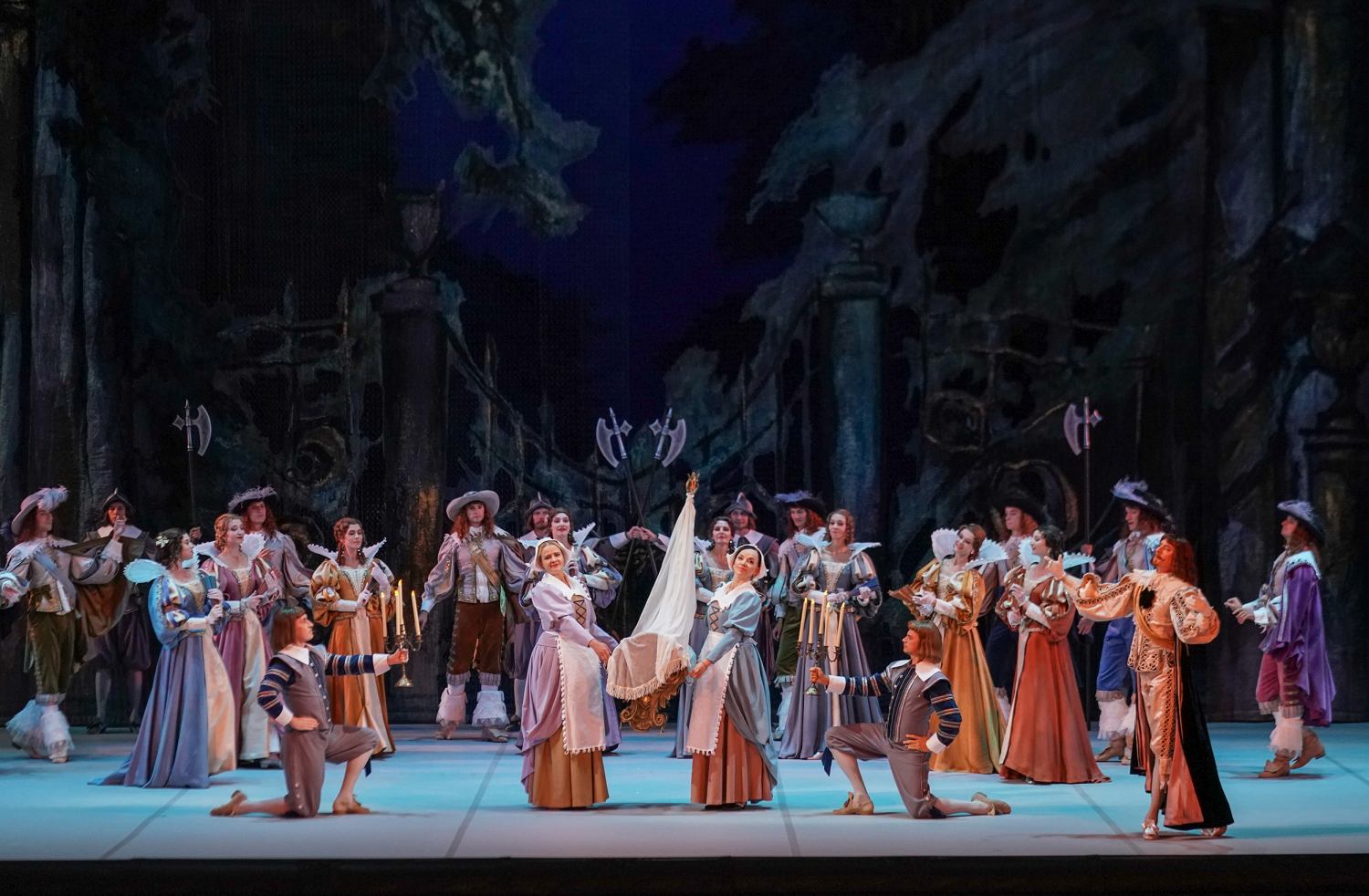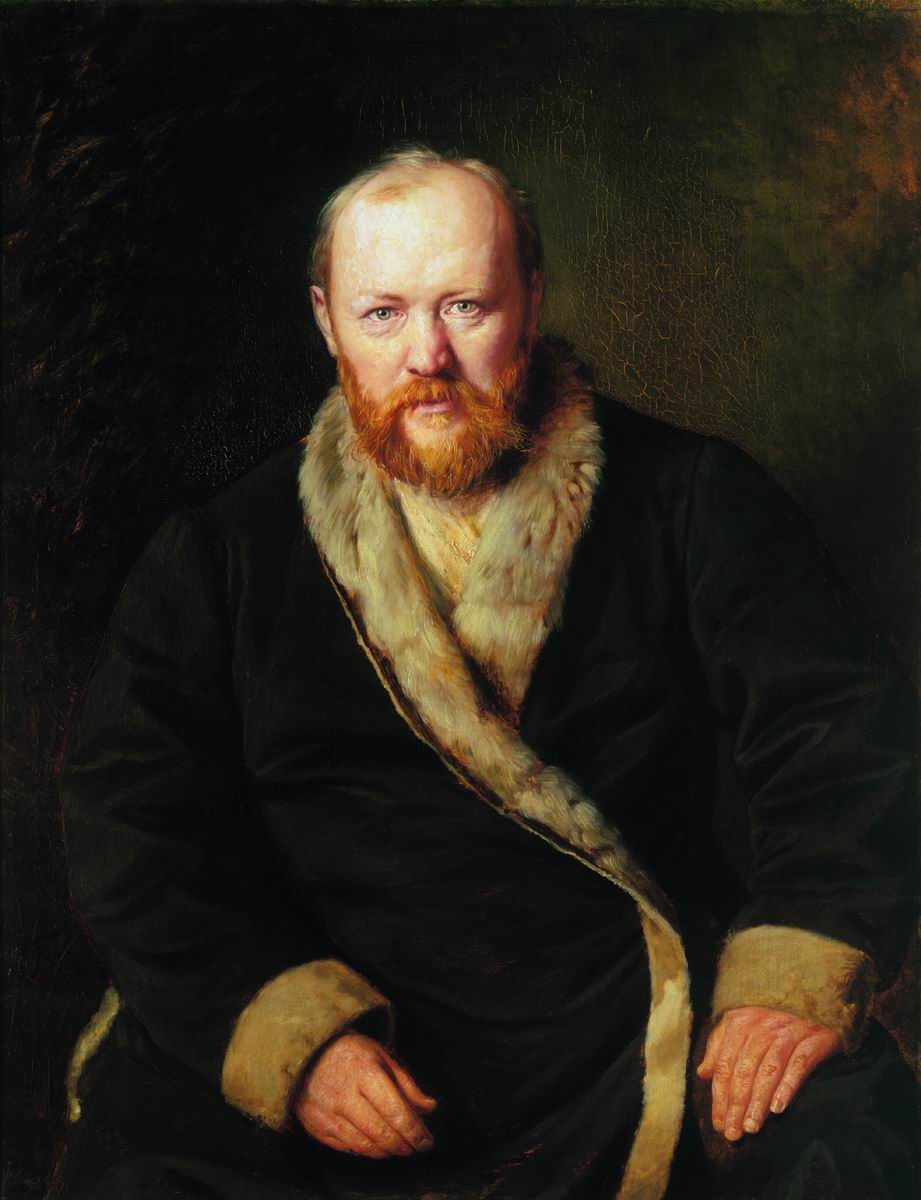Prix Benois Laureates 2025
Prix Benois de la Danse
Bolshoi Theatre (Historic Stage)
Moscow, Russia
June 17, 2025
by Ilona Landgraf
Copyright © 2025 by Ilona Landgraf
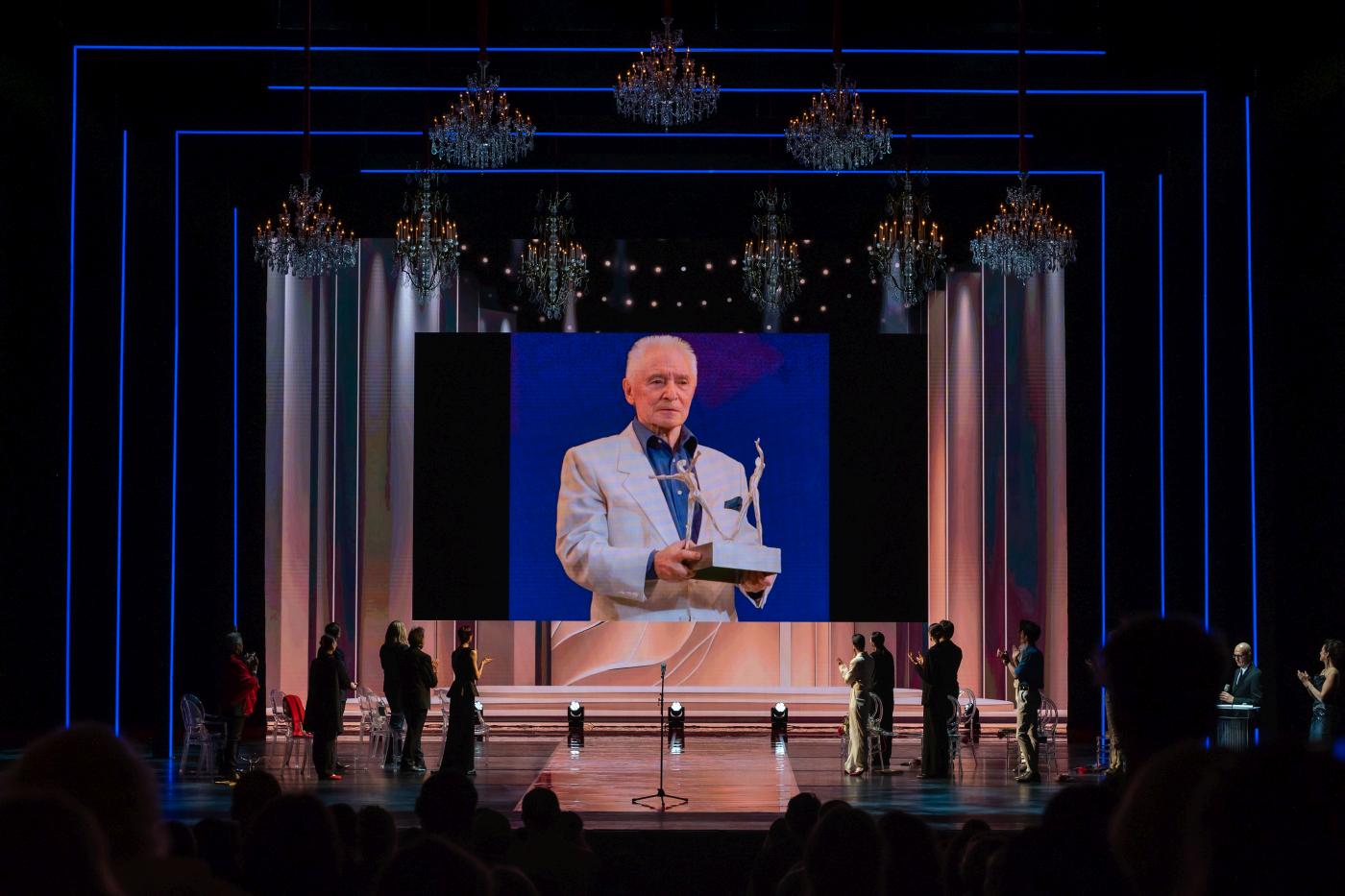 Yesterday evening, the Prix Benois laureates were announced on the Bolshoi Theatre’s historic stage for the 33rd time.
Yesterday evening, the Prix Benois laureates were announced on the Bolshoi Theatre’s historic stage for the 33rd time.
Mthuthuzeli November won the prize for best choreography in absentia for Chapter Two, a creation for Cape Ballet Africa in South Africa. The Mariinsky Ballet’s Renata Shakirova won the best female dancer prize for her performance as Swanilda in Alexander Sergeev’s new Coppélia. Like last year, the prize for the best male dancer was awarded twice. Joshua Williams received the Prix Benois for his performance in November’s Chapter Two; Dmitry Smilevsky (Bolshoi Ballet) was awarded for his performances as Mercutio in Leonid Lavrovsky’s version of Romeo and Juliet and Prince Désiré in Yuri Grigorovich’s version of The Sleeping Beauty. (more…)
